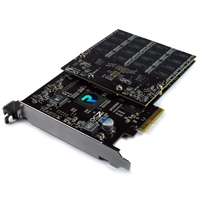2. Plextor PX-128M2S SSD 128Gb
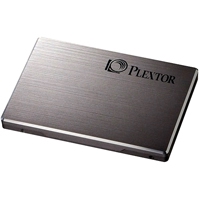
3. Transcend TS64GSSD25S-M SSD 64Gb
4. 4 x Transcend TS64GSSD25S-M RAID-0
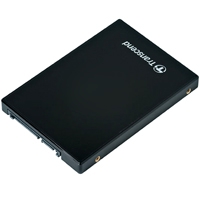
5. WD Caviar Green SATA-II HDD 750Gb
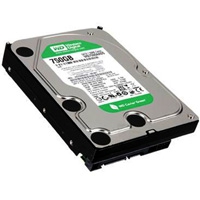
6. 4 x WD RE4 1TB 7200RPM RAID-0
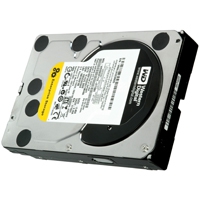
Below you will find charts reflecting the performance of solutions in different testing modes:
Sequential

Random, 512KB

Random, 4KB, Queue Depth=1

Random, 4KB, Queue Depth=32

Access time

Windows System Performance Rating

A series of conclusions can be made based on the tests results:
- It is apparent that the weak spot of spindle disks is a random read/write of small data blocks
- Not less apparent is the SSD is not as good in write as in read: For example, RevoDrive did not reach 690 Mbyte/s of write speed as declared by the manufacturer. Moreover, it has RAID-0 built out of 4 SSD
- If you need sequential record of large data blocks, then most effective solution is RAID-0 with 4 HDD 7200RPM
- For fast reading SSD or RAID built of SSD is the best. Operating system installed on OCZ RevoDrive X2 boots in in a matter of seconds. Of course, its top speed reaches 800 Mbyte per second
- Plextor PX-128M2S, connected via SATA-III, displayed considerably higher results than via SATA-II. This is the case when interface could be a bottleneck
- For maximum efficacy of disk subsystem it would be the best to make it combined. Allocate disks of certain type for specific tasks and organize RAID based on performance requirements and resilience



